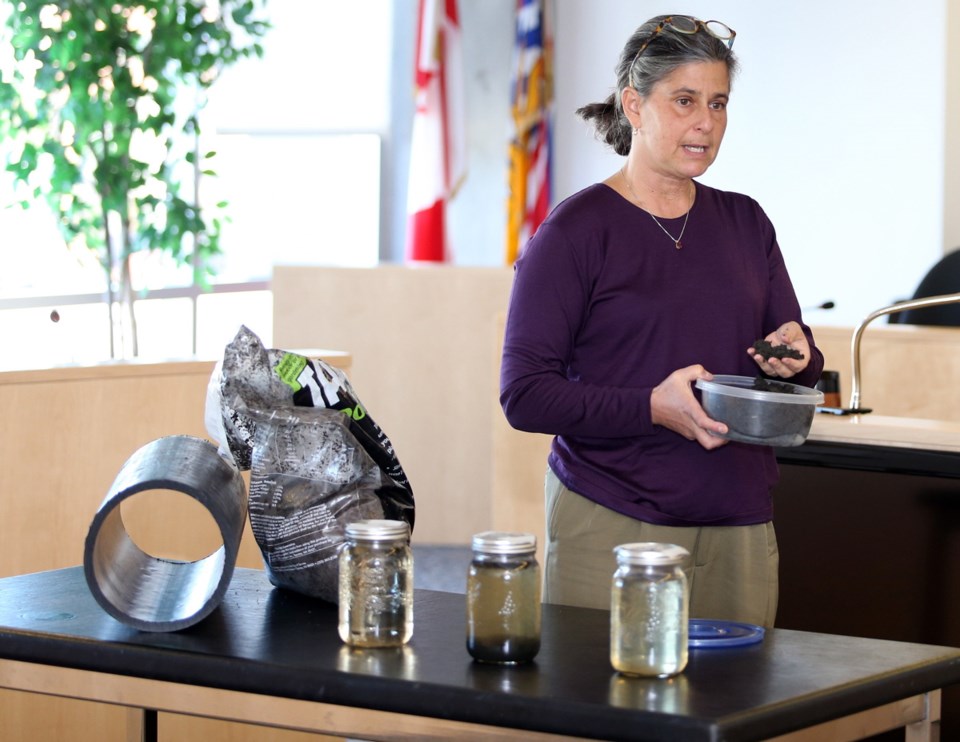In a move projected to add millions of dollars to the cost of treating Greater Victoria’s sewage, Capital Regional District politicians Wednesday overwhelmingly decided against overturning a 2011 ban on applying sewage sludge to land.
The decision came after some six hours of presentations and debate. More than a dozen residents spoke in opposition to the change.
CRD staff had recommended that directors reconsider the policy, which would have maintained a ban on applying biosolids on agricultural land used for food production, but would have opened the door for use in applications such as silviculture, mine reclamation, fertilizer soil amendments, landscaping and forage crops.
But many directors said changing the policy wasn’t worth the risk.
“At the end of the day, I’ve got more questions than answers,” said North Saanich director Ted Daly. “I think based on the information I’ve heard today, I feel, personally, there’s more downside than upside to reverse our policy.”
Highlands alternate director Karel Roessingh said the potential liability issues are huge.
“This has the potential to be something that you just can’t clean up, and that worries me — that the metals will gather and things that we don’t know are in the stuff will gather. It’s like the plastic in the ocean. It’s something you just cannot deal with,” he said.
The CRD banned use of sludge on land in 2011 amid worries that farmland and the food grown on it could be polluted by pharmaceuticals and heavy metals.
Then the CRD planned to dry the sludge left over from sewage treatment as fuel for cement kilns. But experts say the market for it simply isn’t there. Without a buyer, and the policy banning land application in place, staff say there are few options.
The policy change would have brought the CRD in line with what staff said is common practice throughout North America.
“The science coming out of peer-reviewed, established research programs indicates that biosolids applications that follow regulatory guidance and best-management practices do not result in adverse effects to the environment or human health,” the staff report said.
Langford director Denise Blackwell said she supported the change.
“To me, the information that I’ve seen by credible scientists … leads me to believe we should give ourselves more options,” Blackwell said.
The move also had the potential to eliminate the need for a $35-million biosolids drying facility, the report said.
And Brenda Eaton, chairwoman of the civilian commission overseeing the sewage treatment project, warned failure to change the policy could mean the treatment project budget might have to be increased by $38 million to build an incinerator to burn the sludge.
But some CRD directors warned that changing the policy would have the effect of turning over the decision of whether to allow land application of sludge to the commission.
To do that, said Metchosin Mayor John Ranns, would be “utterly irresponsible.”
“I have seen absolutely no evidence that the public wants this,” Ranns said. “This is strictly the commission wanting to save a buck — and I can’t blame them for that, but our responsibility goes far beyond that.”



